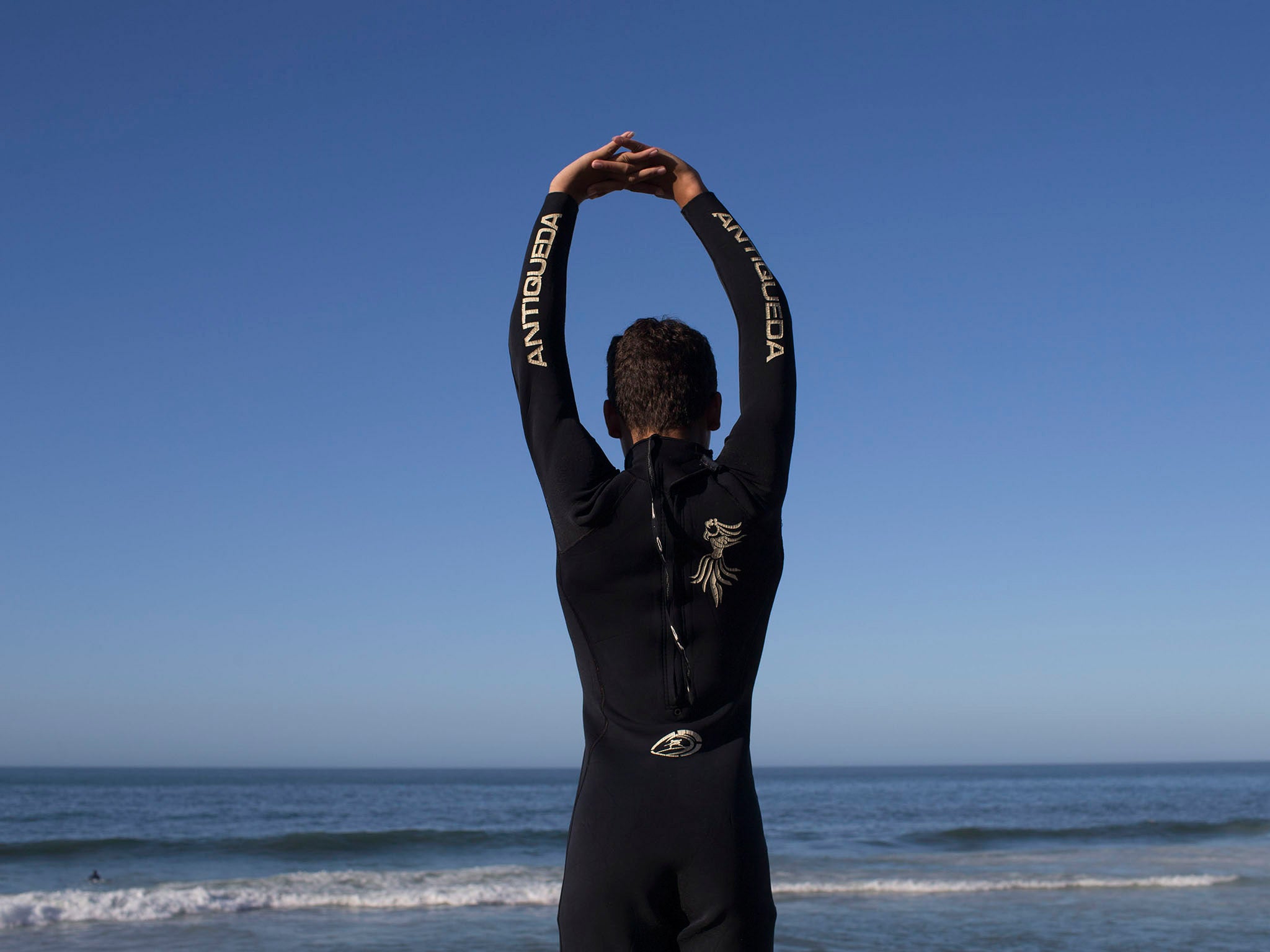Barbarian Days: A Surfing Life, by William Finnegan - book review: The cool man and the sea
Penguin Press - £14.99

“Gnarly, dude”: Surfers struggle to find language to match the transcendent experience they have on the waves. It’s a sport known for its radical coinages, rapidly becoming awesome cliché. Surf memoirs are a sub-genre of travel Bildungsroman, where a young man travels to a strange new place and learns hard lessons about himself. Pages of hyperbole about breaks, reefs and left-handers roll out like waves stretching to the horizon in a post-storm swell. But even the most charming surf books often barely scratch the surface of the exotic places visited and, crucially, fail to capture the feeling of surfing itself.
So, William Finnegan’s surf memoir is remarkable for being Actually Good. Finnegan, a staff writer on The New Yorker, is a distinguished and award-winning journalist and author. His quiet unostentatious prose captures the extraordinarily various moods of the sea. It precisely observes that strange mix of companionship and solitude found while waiting for a wave. It also charts an obsession: “my utter absorption in surfing had no rational content. It simply compelled me; there was a deep mine of beauty and wonder in it.”
Finnegan grew up in California and learned a kook’s (beginner’s) board skills, but once he moved with his film industry parents to Hawaii, aged 14, he became a true surfer. Three-quarters of the way through a life spent catching waves, Finnegan began to think about committing himself to paper. He wobbled: “Now that I was planning to write about it I found myself wondering how much of the actual thing I could hope to convey to outsiders.” And yet his book is a powerfully evocative account full of vivid detail: an outdoor psychodrama workshop on a favourite North Californian beach, with pillow-bashing and rage outbursts, matches the angry, concentrated faces of the surfers to seaward.
He goes surfing on acid; charts the ebb and flow of board and beard lengths. In South Africa, he finds his car full of baboons. He calibrates the pecking order in a line of surfers waiting for a wave, the intense rivalry and peace of it. He ponders ageing and surfing: “the process of becoming a kook again”.
Finnegan is a cool, careful describer, and the one flaw in the book is the quietness of his own character. At one point, his father tells him: “you’ve got the habit of leaving things unsaid”, which might be an intriguing quality in a memoirist, really, but frustratingly little of Finnegan makes it on to the page. Girlfriends are described glowingly but abandoned; surf friendships with wonderful characters such as Doc, the California oncologist, are foregrounded, leaving small sense of Finnegan himself. Finally, the sea is the book’s most central subject; but perhaps that’s just right.
Subscribe to Independent Premium to bookmark this article
Want to bookmark your favourite articles and stories to read or reference later? Start your Independent Premium subscription today.

Join our commenting forum
Join thought-provoking conversations, follow other Independent readers and see their replies